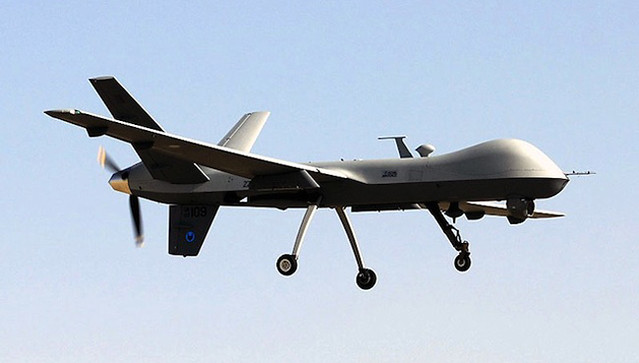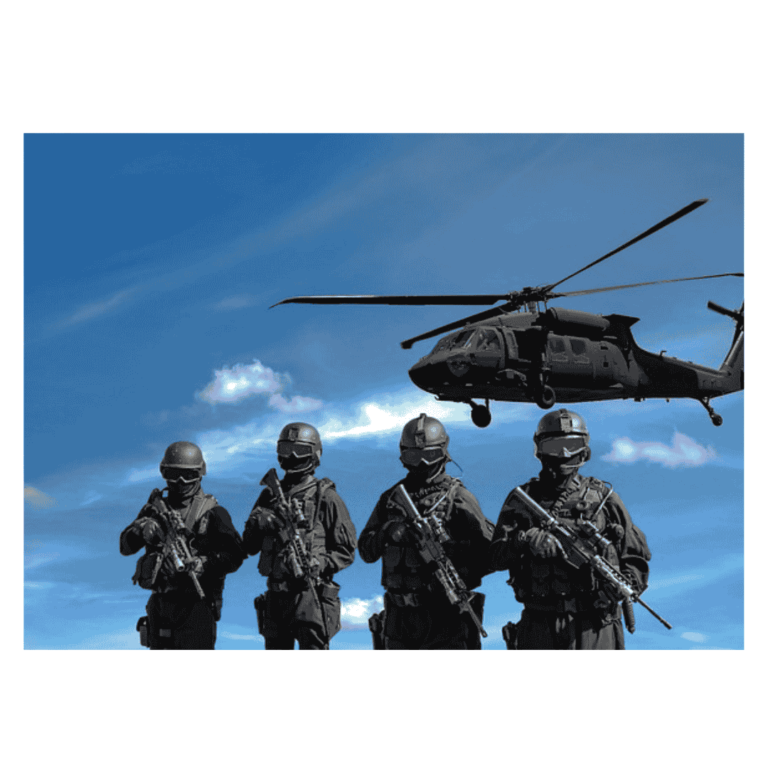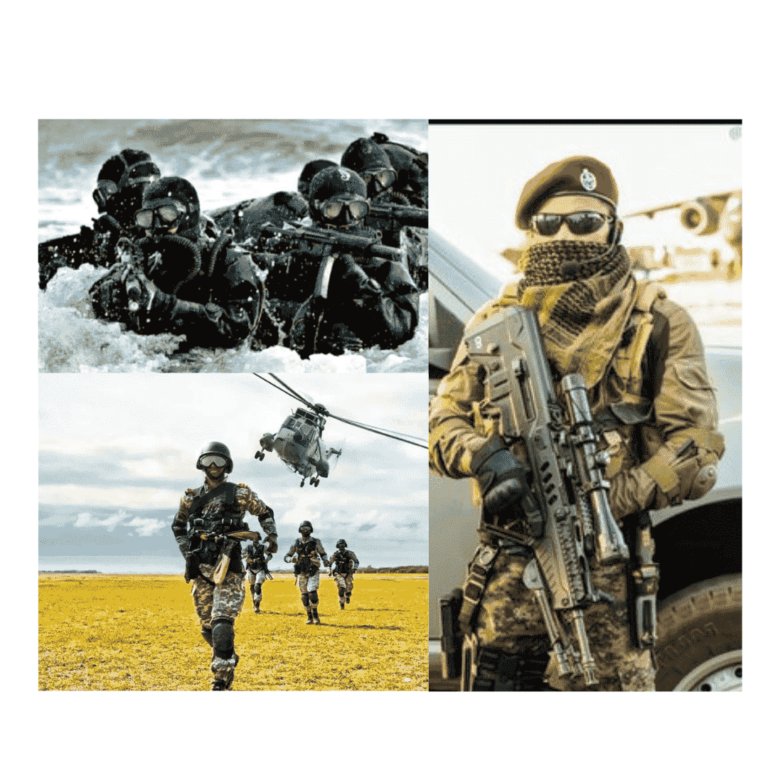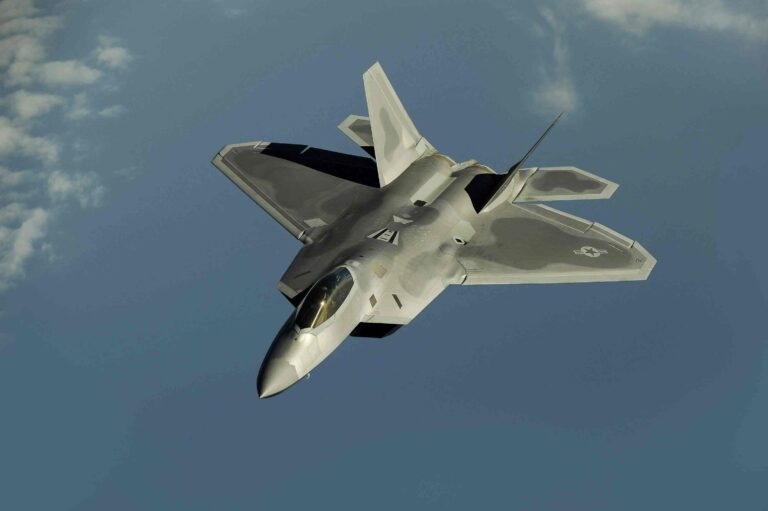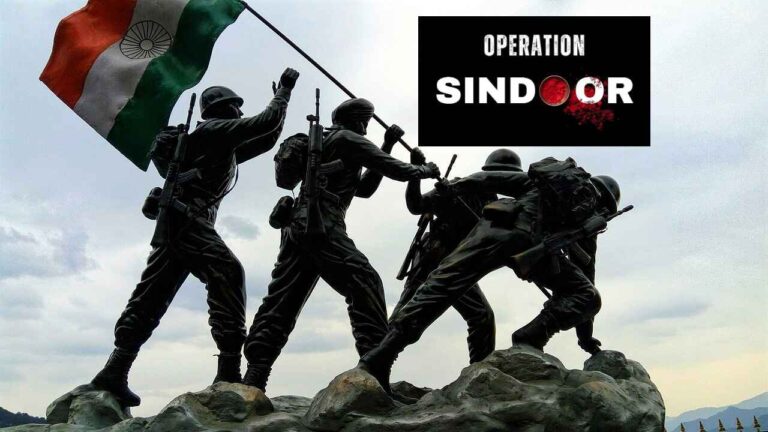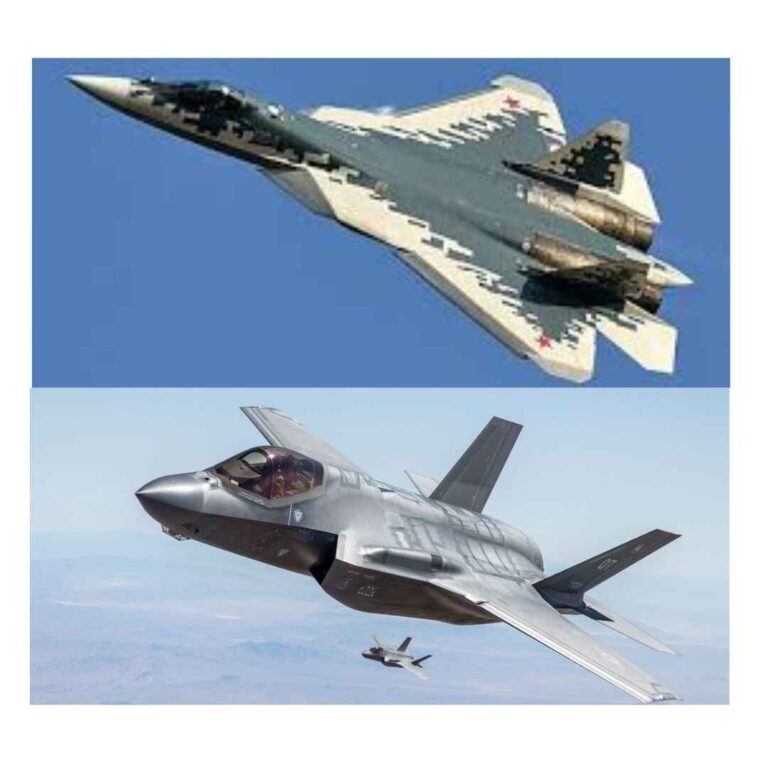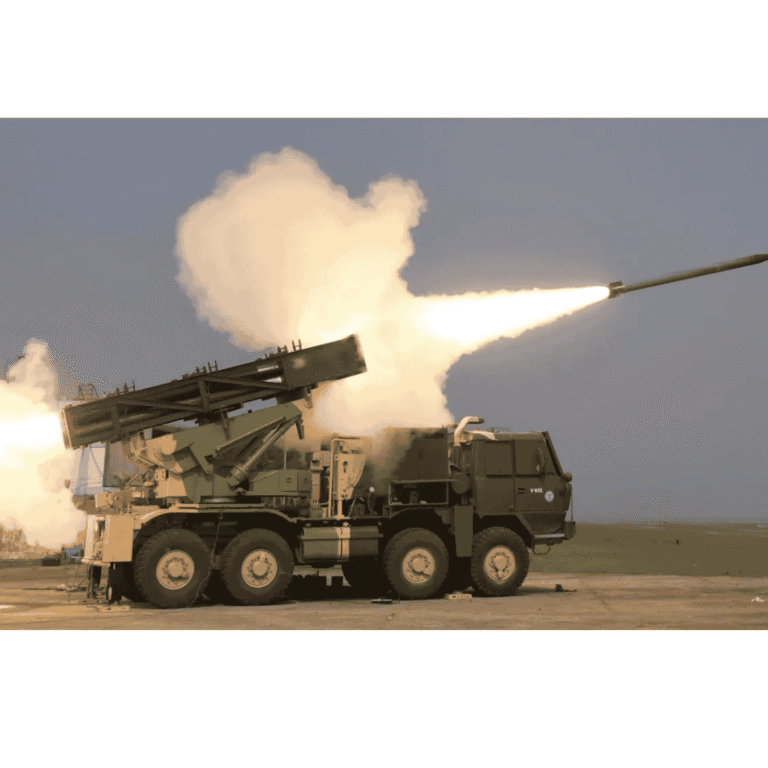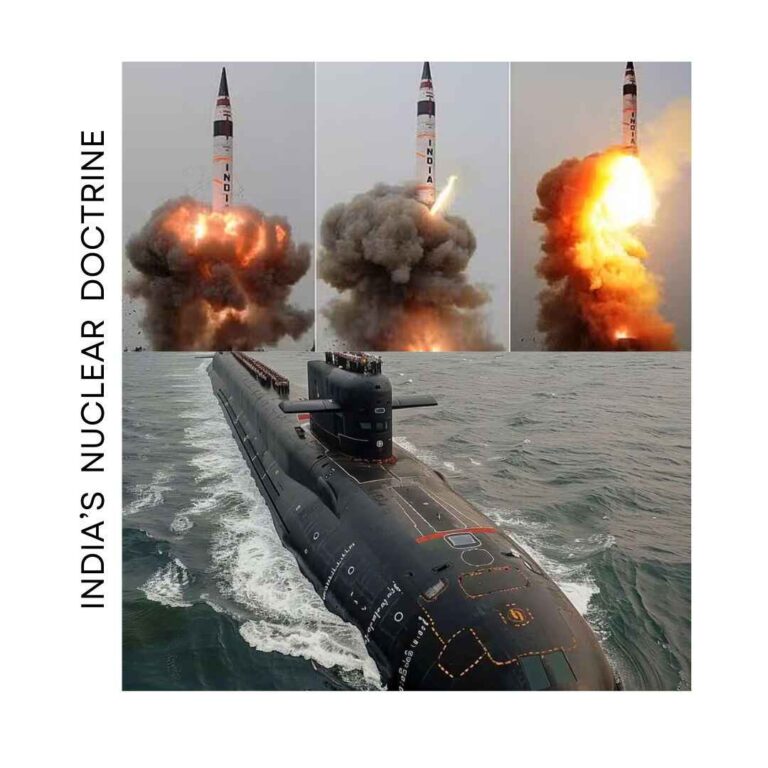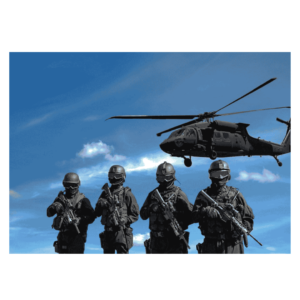Introduction
Unmanned Aerial Vehicles (UAVs), commonly known as drones, have dramatically altered the modern warfare. Once viewed as mere tools for surveillance and intelligence-gathering, UAVs have evolved into critical components of military operations worldwide. From precision strikes to real-time intelligence gathering and electronic warfare, UAVs now play an indispensable role in military strategy, providing unmatched flexibility and cost-effectiveness.
In recent years, advancements in artificial intelligence (AI), machine learning, stealth technology, and autonomous systems have further elevated the significance of UAVs in future combat scenarios. These developments enable UAVs not only to support conventional military forces but also to take on offensive roles. The rise of drone swarms, hypersonic UAVs, and fully autonomous systems reflects the increasing strategic importance of these platforms.
The Diverse World of UAVs: Types and Classes
The evolution of UAVs has resulted in the innovation of a broad spectrum of platforms tailored to meet various military needs. These drones are classified based on size, range, and the type of missions they are designed to execute. From small tactical drones to highly advanced combat UAVs, this spectrum of platforms is already shaping the future of warfare.
Combat UAVs (Armed Drones)
Combat UAVs, commonly called Unmanned Combat Aerial Vehicles (UCAVs), have redefined warfare by allowing precise remote strikes without putting human operators at risk. These drones are integrated with advanced weapons systems, including air-to-surface missiles, laser-guided munitions, and precision-guided bombs. One of the most renowned combat UAVs is the MQ-9 Reaper, a long-endurance, medium-altitude drone capable of carrying out a series of military missions. India’s indigenous Rustom-II is another prominent example, designed to support armed missions in national defense.
Surveillance and Intelligence-Gathering UAVs
Surveillance UAVs are integral to intelligence, monitoring, and target-tracking missions. These drones provide invaluable data on enemy movements and battlefield conditions, enabling military commanders to make informed decisions. The RQ-4 Global Hawk, a high-altitude, long-endurance drone, has been pivotal for broad-area observation missions. Similarly, India’s Heron UAV, sourced from Israel, is critical in monitoring activities along the nation’s borders.
Tactical UAVs
Tactical UAVs, typically smaller and more portable, are used by ground forces to gather localized intelligence. These drones are essential in providing real-time information to frontline units during combat. The DRDO Nishant, developed in India, is one such tactical UAV used for battlefield surveillance. Hand-launched drones like the Raven and Wasp series, popular in the U.S. military, provide live video feeds to soldiers, giving them a crucial advantage on the battlefield.
Swarm Drones
One of the most groundbreaking developments in UAV technology is the concept of swarm drones. These UAVs operate as a coordinated unit, working together to execute complex operations or overwhelm enemy defenses. Controlled by sophisticated algorithms, swarm drones can adapt to changing battlefield conditions in real time. The U.S. Department of Defense’s Perdix Swarm represents a significant advancement in this field, and both China and India are actively researching similar swarm systems.
Nano and Micro UAVs
At the cutting edge of UAV technology are nano and micro drones. These ultra-compact UAVs are designed for precise missions such as indoor monitoring, urban combat, and close-quarters intelligence-gathering. The Black Hornet Nano, a micro-drone used by British and U.S. armed forces, is a pioneering example, offering live video feeds and intelligence in scenarios where larger drones cannot operate effectively.
Global Arms Race in UAV Technology
The rapid advancements in Unmanned Aerial Vehicle (UAV) technology have sparked an intense global arms race as nations seek to develop, acquire, and deploy increasingly sophisticated drones for military and intelligence purposes. The proliferation of UAVs has shifted the balance of power in the defense sector, making them an indispensable asset for advanced militaries and emerging powers. Countries around the world are vying to lead in UAV technology to gain strategic advantages, with some focusing on specific areas like autonomous systems, AI integration, stealth capabilities, and swarm technology. The race is not only about acquiring superior UAV capabilities but also about maintaining military dominance and influence in geopolitically contested regions.
U.S. Dominance and Innovation
The United States remains at the forefront of UAV technology, with its military and defense contractors pushing the envelope to develop advanced drones. The U.S. has been at the forefront of UAV deployment in combat, surveillance, and reconnaissance operations, with programs like the Predator, Reaper, and Global Hawk setting the standard for UAV capabilities.
The U.S. military is significantly investing in integrating artificial intelligence into UAVs, especially through initiatives such as Skyborg, which aims to create autonomous drones that can operate alongside manned aircraft. AI-enabled UAVs will allow for more independent decision-making on the battlefield, reducing reliance on human operators.
The U.S. is also leading in the development of stealth UAVs, such as the RQ-170 Sentinel and X-47B, which are designed to evade radar detection and conduct high-risk operations in contested airspaces.
China’s Rapid Expansion
China has emerged as a major player in the global UAV race, developing a wide range of drones for both domestic use and export. Chinese UAVs, such as the CH (Cai Hong) series and Wing Loong series, are designed for surveillance, strike missions, and electronic warfare, rivaling the capabilities of Western counterparts.
China’s aggressive export strategy has made it the leading supplier of UAVs to countries in Asia, Africa, and the Middle East. Nations that cannot afford or are restricted from purchasing American or European drones often turn to China for affordable yet capable UAV systems.
China is at the forefront of UAV swarm technology, showcasing its capabilities through large-scale tests where hundreds of small drones execute coordinated attacks.
Russia’s Focus on Combat Drones
Russia has been steadily catching up in the UAV arms race, with a particular emphasis on developing drones for combat roles. Russian UAVs such as the Orion and Okhotnik are being designed for long-endurance missions, precision strikes, and autonomous operations.
Russia is focusing on heavy combat UAVs like the S-70 Okhotnik-B, a stealthy, long-range drone capable of operating in contested environments. Russia’s development of this drone highlights its ambition to create UAVs capable of engaging in high-intensity conflicts.
In parallel, Russia is investing in counter-UAV technologies, including electronic warfare systems designed to jam or disable enemy drones. This defensive capability is crucial as UAVs become more prevalent in global conflicts.
Israel’s Cutting-Edge UAV Systems
Israel has long been a leader in UAV innovation, with its drones being among the most battle-tested in the world. Israeli UAVs, such as the Heron and Hermes series, have been deployed in a wide range of military operations, from intelligence gathering to targeted strikes.
Israel’s UAVs are renowned for their Intelligence, Surveillance, and Reconnaissance (ISR) capabilities, providing real-time data crucial in complex military operations. Israeli drones are integrated with advanced sensor suites, making them invaluable for long-duration missions over hostile territories.
Israeli defense companies, such as IAI and Elbit Systems, are leading exporters of UAVs, supplying them to countries like India, Brazil, and Germany. Israeli drones are favored for their reliability, precision, and operational flexibility.
Emerging Players in the UAV Race
Countries like Turkey, India, and Iran are emerging as key players in the UAV arms race, developing drones to reduce reliance on foreign suppliers and enhance their strategic autonomy.
- Turkey: Turkish UAVs, particularly the Bayraktar TB2, have gained international attention due to their successful deployment in conflicts like Syria, Libya, and the Nagorno-Karabakh war. Turkey has become a significant exporter of UAVs to countries like Ukraine, Poland, and Azerbaijan, positioning itself as a major player in the global UAV market.
- India: India is focusing on indigenous UAV development under its Make in India initiative. The Rustom and Ghatak UAVs are among India’s key projects aimed at developing advanced combat and reconnaissance drones, while partnerships with countries like Israel are helping accelerate the country’s UAV capabilities.
- Iran: Iran has become known for its low-cost combat UAVs, which have been used by proxy forces in conflicts across the Middle East. Iranian drones have been deployed for surveillance, strike missions, and even kamikaze attacks, making them a potent force in asymmetric warfare.
UAVs and International Security Concerns
The global arms race in UAV technology has raised security concerns, particularly in the areas of proliferation, ethical use, and the destabilizing impact of drone warfare on international conflict dynamics.
- Proliferation Risks: The export of advanced UAVs to unstable regions or authoritarian regimes poses a significant risk, as these drones can be used to suppress opposition, commit human rights violations, or escalate regional conflicts.
- Drone Autonomy and Ethics: The increasing autonomy of drones, particularly in lethal operations, has sparked debates about the ethical implications of allowing machines to make life-and-death decisions. The development of AI-driven combat drones raises questions about accountability and the rules of engagement in future conflicts.
- Strategic Stability: As more countries develop and deploy UAVs, there is a growing risk of miscalculations and unintended escalations, especially in regions with existing geopolitical tensions. UAVs lower the threshold for engaging in conflict, potentially destabilizing international security frameworks.
India’s UAV Development Programs
India has been rapidly advancing its Unmanned Aerial Vehicle (UAV) capabilities in recent years, driven by the need for enhanced surveillance, intelligence gathering, and defense modernization. As part of its broader ‘Make in India initiative, the country is focusing on indigenizing its UAV technology, reducing reliance on foreign suppliers, and building a robust drone ecosystem that can cater to both military and civilian needs. India’s UAV programs aim to address a wide spectrum of operational requirements, from long-range strategic missions to tactical battlefield support. With geopolitical challenges on its borders and growing security threats, UAVs are becoming a central component of India’s defense strategy.
Rustom Series
One of the flagship UAV programs under India’s indigenization efforts is the Rustom series, developed by the Defence Research and Development Organisation (DRDO). This series includes the Rustom-I, Rustom-II (TAPAS-BH-201), and Rustom-H, designed for Intelligence, Surveillance, and Reconnaissance (ISR) operations.
- Rustom-I: This UAV serves primarily as a medium-altitude, long-endurance (MALE) platform for reconnaissance and surveillance missions. It is capable of flying up to 30,000 feet and provides real-time intelligence to ground commanders. However, it is largely considered a stepping stone toward more advanced UAVs.
- Rustom-II (TAPAS-BH-201): A more advanced MALE drone, Rustom-II is designed for long-endurance surveillance missions and can stay airborne for up to 24 hours. It has been tested extensively and is expected to enter service with the Indian Armed Forces soon.
- Rustom-H: The Rustom-H (High-altitude variant) is in the developmental stage and is expected to feature high-altitude long-endurance (HALE) capabilities, enabling it to conduct extended missions in high-altitude regions like the Himalayas. This will be especially valuable for monitoring India’s northern borders with China and Pakistan.
Ghatak UCAV (Unmanned Combat Aerial Vehicle)
India is also making significant strides in the development of unmanned combat aerial vehicles (UCAVs) with the Ghatak program. Ghatak is a stealth combat drone designed to carry out precision strikes on enemy targets while minimizing the risk to human pilots.
The Ghatak UCAV will be equipped with stealth technology, making it less visible to enemy radars. Additionally, it is expected to feature autonomous flight and combat capabilities, allowing it to execute complex missions with minimal human intervention.
Ghatak will be able to carry a variety of precision-guided munitions, including bombs and air-to-ground missiles. This makes it a potent tool for deep-strike operations, particularly in contested or high-risk environments where manned aircraft face significant threats.
Heron and Searcher UAVs
India has also acquired several UAVs from Israel, pivotal in building its ISR capabilities. The Heron and Searcher UAVs, developed by Israel Aerospace Industries (IAI), are currently in service with the Indian Armed Forces.
The Heron is a MALE drone capable of long-duration missions with real-time ISR capabilities. It has been extensively deployed in border surveillance operations, especially in regions like Ladakh and the Line of Control (LoC). The Heron TP, an armed variant, is also being considered for acquisition, which would provide India with strike capabilities.
The Searcher is a smaller tactical UAV used for surveillance and reconnaissance missions. It is deployed for shorter-range operations and provides ground commanders with situational awareness in real-time.
SkyStriker Loitering Munition
India has shown significant interest in loitering munitions, also known as kamikaze drones, which can hover over a target area before striking. One such system integrated into India’s arsenal is the SkyStriker, a loitering munition developed by Israel’s Elbit Systems.
The SkyStriker can remain airborne for extended periods, searching for high-value targets. Once a target is identified, the drone can dive toward it and detonate, making it an ideal weapon for targeted strikes in anti-terrorism operations or during border skirmishes.
Loitering munitions offer India a cost-effective and highly accurate strike capability, especially in surgical operations where precision is critical. This capability is particularly important in contested border areas, where India seeks to maintain the upper hand without escalating full-scale conflicts.
DRDO’s SWiFT Program
The Stealth Wing Flying Testbed (SWiFT) is a scaled-down flying wing prototype developed by DRDO as part of the Ghatak UCAV program. While still in the testing phase, SWiFT is crucial in demonstrating the viability of a stealth drone for India’s future air combat needs.
The SWiFT drone features a flying wing design, which enhances its stealth characteristics by reducing radar cross-section. It will serve as a testbed for technologies that will eventually be integrated into India’s full-scale UCAVs.
The low-observable design of SWiFT is intended to make it difficult for enemy radars to detect and track, providing India with a first-strike advantage in future conflicts. Its successful development could place India at the forefront of UAV stealth technology in the region.
Private Sector and Startups in UAV Development
India’s UAV ecosystem is not limited to state-run defense organizations; private companies and startups are increasingly playing a key role in developing indigenous drone technology. Companies like IdeaForge, Tata Advanced Systems, and Adani Defence and Aerospace are working closely with the government to create advanced UAV platforms.
IdeaForge is known for its tactical UAVs like the Switch drone, which has been deployed by the Indian Army for high-altitude reconnaissance missions. These drones are designed for ease of use and rapid deployment, making them ideal for counter-insurgency and border monitoring operations.
Indian defense contractors are also collaborating with international companies to co-develop UAV systems. For example, Tata Advanced Systems has partnered with U.S.-based General Atomics to potentially manufacture the MQ-9 Reaper drone in India, which would significantly enhance India’s strike capabilities.
Conclusion
As warfare evolves in the 21st century, Unmanned Aerial Vehicles (UAVs) are becoming an integral part of modern military strategies. The technological advancements in UAV systems—ranging from enhanced surveillance and combat capabilities to autonomy and AI-driven decision-making—are reshaping the battlefield, providing militaries with unprecedented precision, flexibility, and cost-effectiveness.
UAVs have already demonstrated their strategic importance in recent conflicts, acting as force multipliers that offer real-time intelligence, long-endurance surveillance, and targeted strike capabilities without risking human lives. The rise of swarm technology, autonomous drones, and stealth UAVs signals a future where these platforms will play a dominant role in both offensive and defensive operations.
For India, the focus on indigenization, technological innovation, and strategic partnerships will be critical to remaining competitive in the global UAV arms race. The integration of advanced UAV platforms into India’s military operations will enhance its ability to address national security threats, monitor contested borders, and maintain a tactical edge over potential adversaries.
UAVs are no longer just an accessory to traditional warfare; they are shaping the very nature of future conflicts. As technological innovations continue to accelerate, the role of UAVs will expand, influencing everything from multi-domain operations to global power dynamics. Militaries that effectively harness the full potential of UAV technology will hold a decisive advantage in the evolving landscape of modern warfare.

